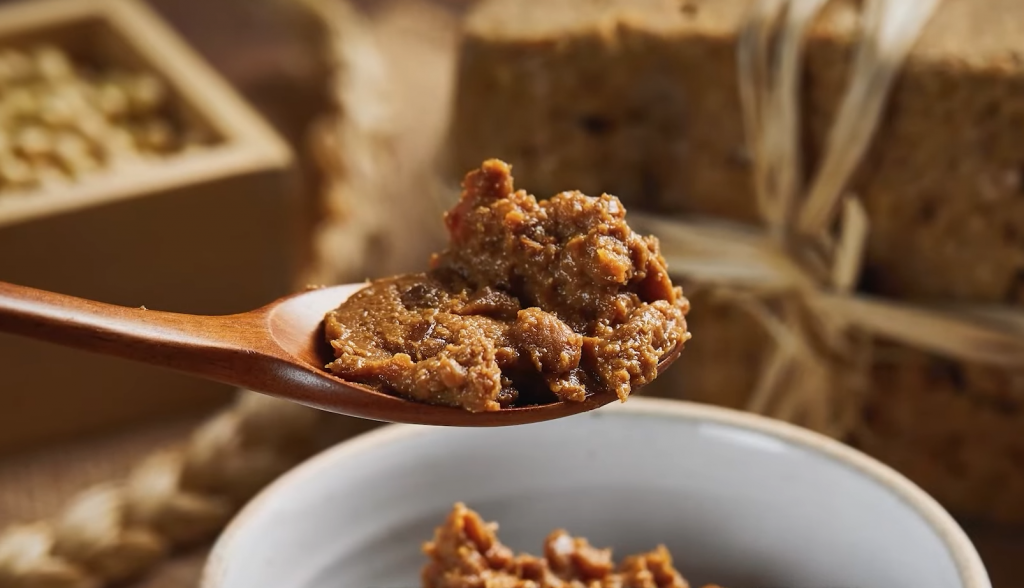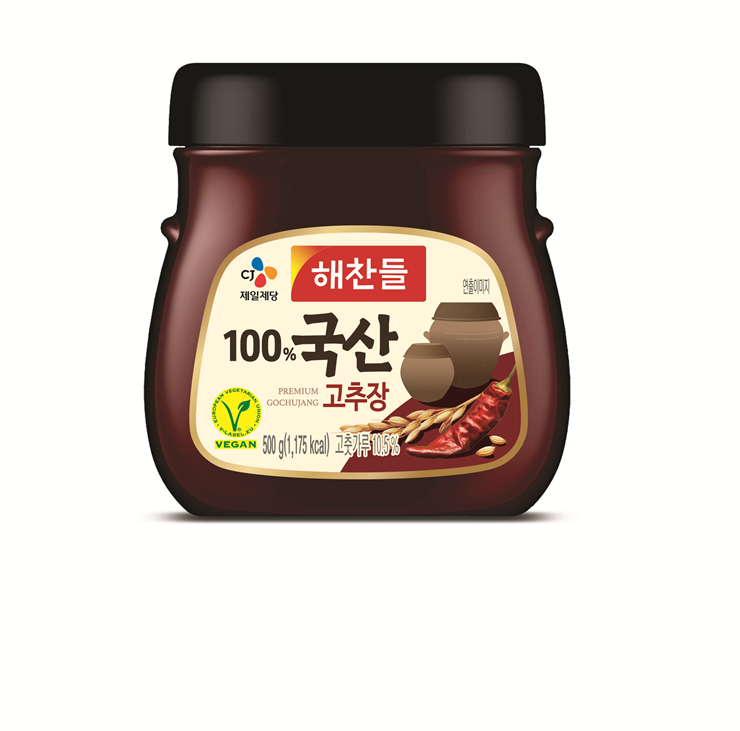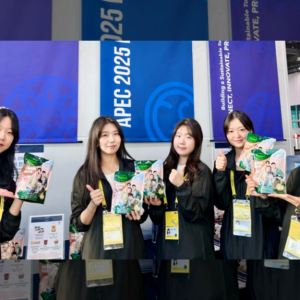Gochujang and doenjang are helping the spread of Korean cuisine around the world

With Korean foods such as tteokbokki and bibimbap becoming increasingly popular among the global food lovers, there is one foundational ingredient being recognized for giving Korean cuisine its wide flavor possible: ‘Jang’.
Jang refers to traditionally fermented pastes and is a representative Korean sauce made with natural products such as red-pepper powder, beans, rice, and salt. The types of jang are diverse, ranging from ganjang(soy sauce) to cheonggukjang based on the ingredients.
Among the various types of jangs, there are two that have specifically seen a surge in popularity as people around the world seek to incorporate more diverse flavors into their home cooking, gochujang and doenjang. This week, CJ Newsroom delves into the background of these ingredients and their role within Korean cuisine.

About Gochujang and Doenjang
Gochujang and doenjang, known as red pepper paste and soybean paste in English, have both been a staple of traditional Korean cuisine and have been passed down by ancestors through each generation. Both using dried fermented soybeans, or meju in Korean, gochujang and doenjang go through a process of soaking, boiling, drying and mashing before being fermented in earthenware pots for months or up to two years, developing deep, rich flavors.
Known for its heat and slight tangy sweetness, gochujang is made from sun-dried chili powder, rice powder, salt and meju. It is usually used to add an element of spice to Korean dishes, such as spicy rice cakes (tteokbokki), stir-fried pork (jeyuk-bokkeum) and the spicy sauce on top of bibimbap. Recently, with global popularity, it is being used widely into fusion cuisine such as spicy Korean taco, gochujang burger or even a BBQ green beans with candied almonds.
On the other hand, doenjang, known for its earthiness and savory flavor, contains salt, water and meju and is commonly used to make soybean paste soup (doenjang jjigae) and is even mixed with gochujang to create ssam-jang, a dipping sauce commonly used when eating meat or vegetables.

Local Flavors From the Heart of Korea
While gochujang and doenjang are now available globally, there were difficulties in making this possible in the beginning. There were customs regulations for fermented products in each country restricting the export, and the sauce was completely new to the global market. To solve this, CJ CheilJedang developed gochujang with significantly less microbes with their micro biotechnology, and also created localized sauce products using gochujang and doenjang to bring the flavors of Korea to global consumers.

Aside from the traditional go-chu-jang paste available for purchase from CJ’s Haechandle product line, which recently received V-Label certification, consumers in America can enjoy the gochujang sauces from bibigo at Amazon and Walmart stores depending on availability and location. Currently, the gochujang is available in classic hot&spicy or barbeque flavors. GOTCHU hot sauce is also available, made with gochujang to deliver a slow heat when added to foods such as fried rice, pizza, eggs and more. To learn more about bibigo products, please visit https://www.bibigousa.com/products/.
By combining its excellent fermentation technology and food expertise, CJ CheilJedang is working diligently to spread Korean cuisine throughout the world, combining traditional, authentic aspects of Korean cuisine and modernizing them for global consumers.











